
Use of steroids among high school athletes is a continuing problem, and now new research finds these youths are also more likely to suffer a concussion while they play. The study was published Oct. 20 in the Journal of Osteopathic Medicine. “The neurobehavioral shifts of steroid use may lead to increased aggressive play and a subsequent heightened risk for concussions,” said researcher Kennedy Sherman, of Oklahoma State University College of Osteopathic Medicine at Cherokee Nation. “Moreover, athletes using steroids are likely to have higher muscle volume and increased muscle strength, amplifying the momentum and impact of head-on collisions,” Sherman added in a journal news release. “Steroid use and concussions each have numerous health consequences, and when occurring together in a person, these effects may be amplified.” Researchers used data from a Youth Risk Behavior Surveillance System survey, finding that 3.7% of young athletes reported previous steroid use. About 20.7% of all athletes reported having sustained a concussion. Among those who did not use steroids, nearly 20% reported a concussion, compared to about 55% of those who did use steroids. The good news? The prevalence of steroid use among high school athletes decreased from 3.4% in 1999 to 1.9% in 2019. The highest rates were in 2001 and 2003, at 5.3% and 4.4%, respectively. Use varied across ethnic groups. The highest rate was seen in the… read on > read on >












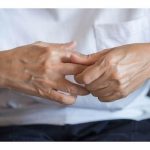
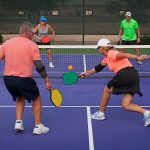
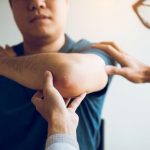
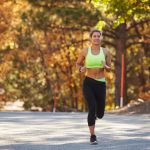

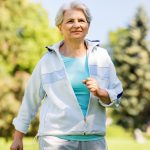





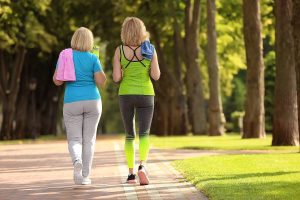










-300x200.jpg)



